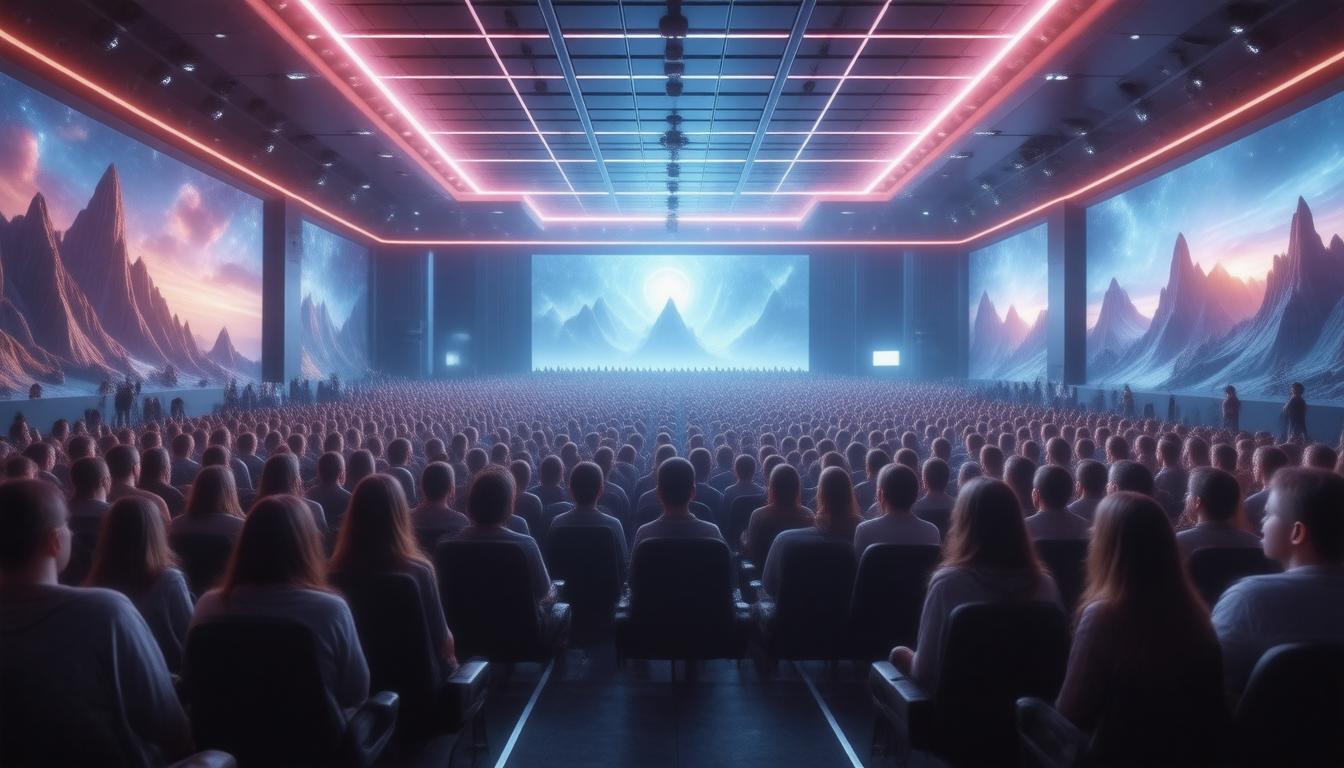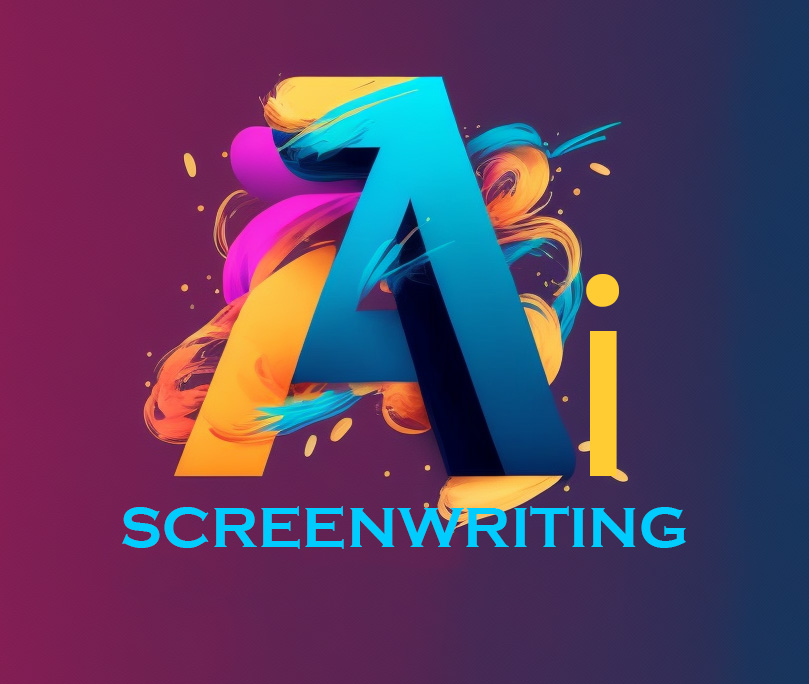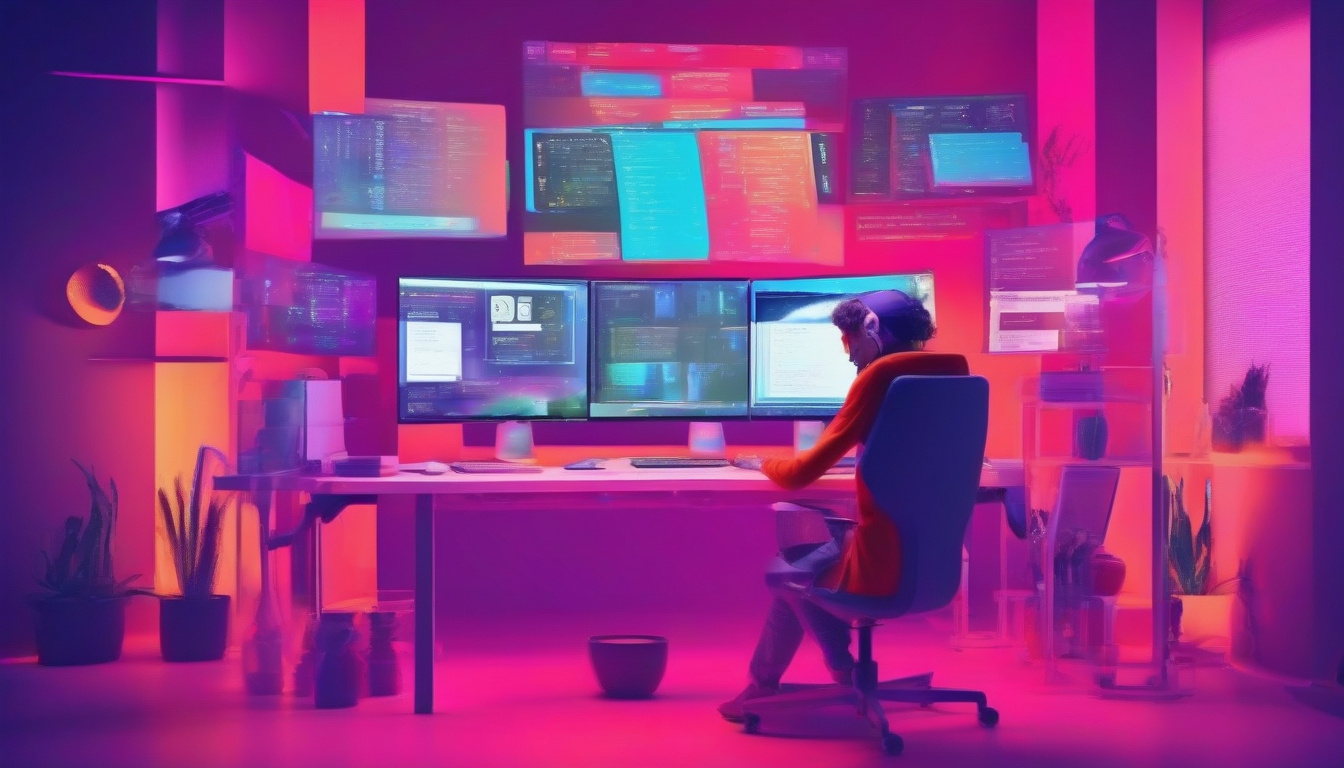
Welcome, fellow screenwriters and filmmakers, to the fantastical world of hyper-reality film technology!
Picture this: you’re sitting in a theatre, donning your futuristic VR headset as the line between the on-screen action and reality blurs so seamlessly, you start to wonder if the popcorn is real too!
Hyper-reality isn’t just a buzzword to dazzle your friends at parties; it’s the cutting-edge tech transforming how we immerse ourselves in stories.
Join me as we dive deeper into this mesmerizing realm, exploring how hyper-reality film technology is reshaping cinematic experiences and what it means for your next screenplay.
Grab your pens and popcorn—let’s embark on a journey into the future of film!
The BEST AI Screenwriting Tool On The Market!
Key Takeaways
- Hyper-reality film technology offers immersive experiences that transform traditional cinema.
- The evolution of cinematic experiences has paved the way for hyper-reality to redefine audience engagement.
- Key features such as augmented reality and spatial audio enhance the storytelling capabilities of films.
- While hyper-reality enhances audience connection, it also presents challenges like high production costs and technical limitations.
- The future of hyper-reality in film promises to further innovate how stories are told and experienced on screen.
Introduction to Hyper-Reality Film Technology
Welcome, fellow visionaries, to the wild world of hyper-reality film technology, where the only limits are your imagination and perhaps your production budget (but let’s not dwell on that).
Imagine a cinematic universe so immersive that audiences won’t just watch a movie; they will feel like they’ve stepped directly into it, dodging zombies, dancing with animated fairies, or debating the philosophical implications of a toaster’s purpose in life – yes, really!
Hyper-reality film technology is not just a pretty face with digital effects; it’s a bona fide game-changer for the film industry.
By merging high-definition visuals with augmented reality (AR) and virtual reality (VR), filmmakers can craft experiences that stretch the very fabric of reality itself.
So, buckle your seatbelts, grab your filmmaking essentials (cue the dramatic score), and let’s embark on a spirited journey to unravel how this cutting-edge technology can elevate your scripts from mere pages of ink to an extraordinary sensory adventure that audiences will be talking about long after the credits roll.
The Evolution of Cinematic Experiences
Welcome to the dazzling world of hyper-reality film technology, where the boundaries of our imagination stretch beyond the wildest dreams of even the most eccentric screenwriter!
Picture this: You’re sitting in a cinema, but instead of the traditional flat screen, you are enveloped in a 360-degree landscape that reacts to your very presence.
Who needs 3D glasses when you can feel like a superhero soaring through the skies?
As filmmakers, the evolution of cinematic experiences has morphed from the good ol’ black-and-white flicks into vibrant hyper-reality films that invite audiences to immerse themselves fully into intricate worlds.
Gone are the days of mere passive viewing; it’s time to strap on your VR headset and experience the adventures of your characters as if they were happening right in your living room.
This groundbreaking technology challenges screenwriters to up their game, crafting narratives that feel as real as your last awkward family gathering.
So, gear up, fellow filmmakers!
The future of storytelling isn’t just a plot twist—it’s a spectacular ride through the fantastic highways of hyper-reality!
‘Cinema is a matter of what’s in the frame and what’s out. The space in between – that’s where imagination lies.’ – Martin Scorsese
Key Features of Hyper-Reality Film Technology
Oh, the magic of hyper-reality film technology!
It’s like stepping into a holographic dream while munching on popcorn.
This game-changing tech doesn’t just sprinkle a bit of pixie dust on your film; it catapults audiences into a multisensory adventure where their senses become the stars of the show!
Key features of hyper-reality film technology include immersive storytelling that combines cinematics with interactive elements (think ‘choose-your-own-adventure’ but without the risk of detouring into a swamp), augmented reality overlays that blend the real world with digital creations (hello, CGI dragons that can nearly reach out and order a soda), and enhanced emotional engagement through sensational soundscapes and 360-degree visuals that could make a regular movie feel like a simple bedtime story!
With hyper-reality film technology, filmmakers can finally bend the rules of reality, taking their audiences on a journey that tantalizes their imagination and shoots their creativity into the next galaxy!
So grab your storyboard and dive headfirst into a world of endless possibilities where the only limits are the ones you create!
The BEST AI Screenwriting Tool On The Market!
Impact on Storytelling and Audience Engagement
In the magical world of film, hyper-reality film technology is the new kid on the block that’s bringing all the excitement of a hard-hitting blockbuster with a side of whimsical charm!
Imagine stepping into a world so vivid that you could swear you could smell the freshly baked pies wafting through the air or feel the palpable tension between two rival characters just a tad too close for comfort.
This cutting-edge tech is revolutionizing storytelling by allowing screenwriters and filmmakers to explore narratives that transcend the ordinary and leap straight into the extraordinary.
With hyper-reality, storytelling becomes an immersive experience where viewers aren’t just bystanders; they are right there in the thick of the action, dodging flying fists and possibly even making popcorn disappear in a flash from sheer excitement!
Such engagement not only keeps audiences on the edge of their seats but also dramatically enriches their emotional journey through visuals that echo the pulse of real life, yet with a dose of the surreal.
So, dear screenwriters, if your ideas are feeling a bit flat—think of hyper-reality film technology as the secret sauce to spice things up!
Grab your imagination, throw in some pixels, and let the magic unfold!
Challenges and Limitations of Hyper-Reality in Film
Welcome to the wild world of hyper-reality film technology, where everything you thought you knew about filmmaking just got a dose of adrenaline and a sprinkle of virtual flavor!
But let’s pump the brakes on this dazzling rollercoaster ride for a moment and take a grounding peek at the challenges and limitations that lurk in the shadows of this cinematic magic.
First up: let’s talk budget.
Not to scare you from venturing into the hyper-realm, but as a screenwriter or filmmaker, you may want to keep your wallets handy because the costs can escalate faster than a runaway helicopter chase.
Crafting seamless hyper-real experiences requires cutting-edge tech and high-end post-production, so prepare to face some serious numbers.
On top of that, there’s the challenge of audience perception – and yes, that fickle friend we all love to blame for a film’s box office performance can be as unpredictable as a cat on a hot tin roof.
Some viewers are still getting used to the idea of blending reality with fantastical digital layers; they might just be looking for a classic romance or an explosive action flick, rather than a hyper-spatial riddle.
Lastly, let’s not ignore the capability gap; mastering hyper-reality film technology means navigating a labyrinth of new skills.
Not everyone has the time to learn the intricate dance of virtual cameras and augmented post-production, which can lead to some seriously tangled narratives.
So, dear filmmakers, while the magic of hyper-reality film technology offers wondrous potential, just remember to bring your map and compass!
🚀💡








